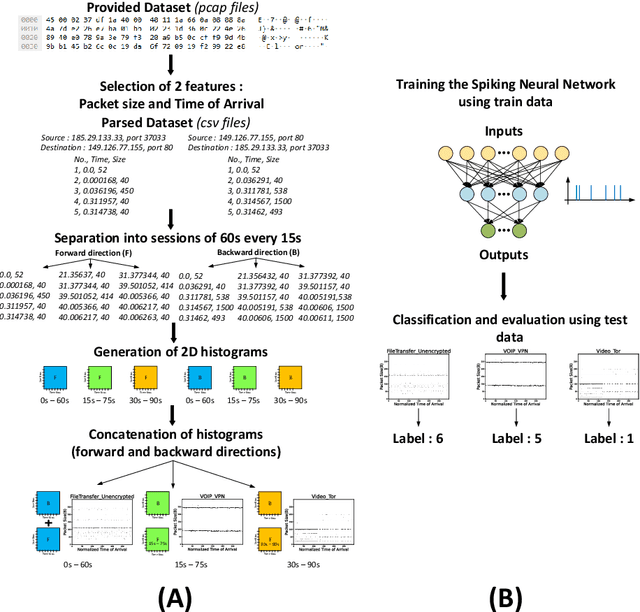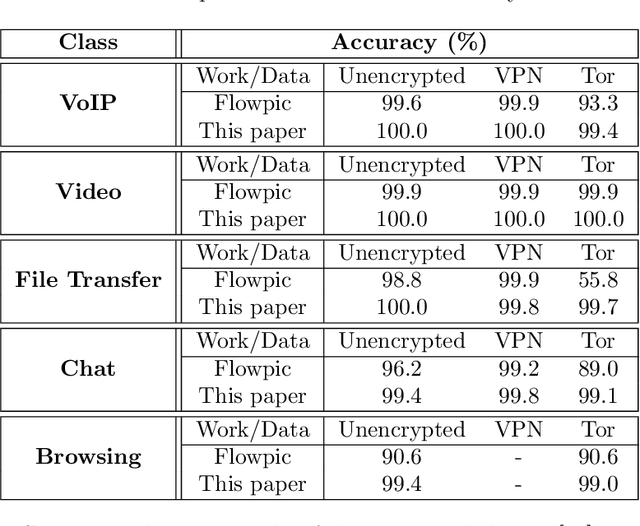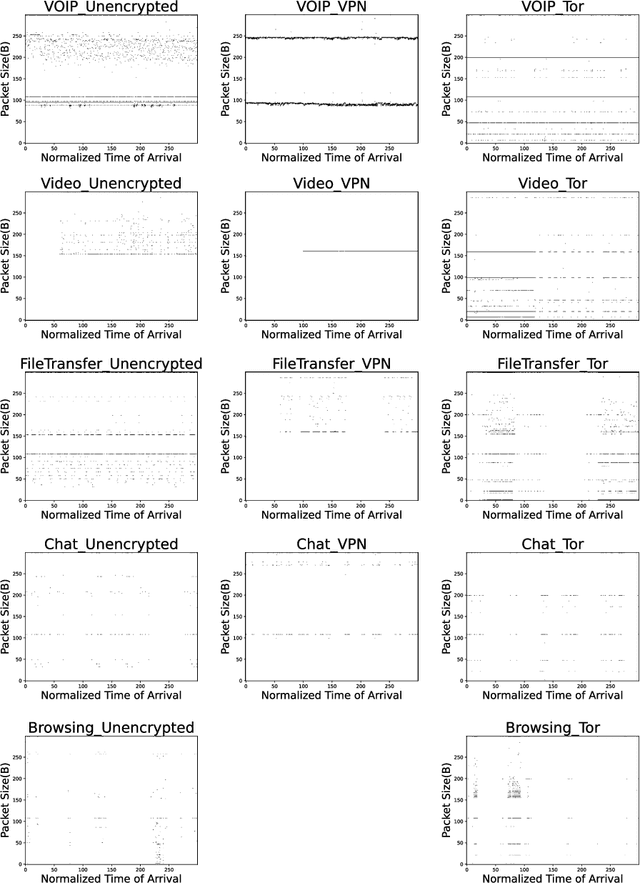Ali Rasteh
Computationally Efficient Signal Detection with Unknown Bandwidths
Apr 12, 2025Abstract:Signal detection in environments with unknown signal bandwidth and time intervals is a basic problem in adversarial and spectrum-sharing scenarios. This paper addresses the problem of detecting signals occupying unknown degrees of freedom from non-coherent power measurements where the signal is constrained to an interval in one dimension or hypercube in multiple dimensions. A Generalized Likelihood Ratio Test (GLRT) is derived, resulting in a straightforward metric involving normalized average signal energy on each candidate signal set. We present bounds on false alarm and missed detection probabilities, demonstrating their dependence on signal-to-noise ratios (SNR) and signal set sizes. To overcome the inherent computational complexity of exhaustive searches, we propose a computationally efficient binary search method, reducing the complexity from O(N2) to O(N) for one-dimensional cases. Simulations indicate that the method maintains performance near exhaustive searches and achieves asymptotic consistency, with interval-of-overlap converging to one under constant SNR as measurement size increases. The simulation studies also demonstrate superior performance and reduced complexity compared to contemporary neural network-based approaches, specifically outperforming custom-trained U-Net models in spectrum detection tasks.
Near-Field Measurement System for the Upper Mid-Band
Dec 03, 2024Abstract:The upper mid-band (or FR3, spanning 6-24 GHz) is a crucial frequency range for next-generation mobile networks, offering a favorable balance between coverage and spectrum efficiency. From another perspective, the systems operating in the near-field in both indoor environment and outdoor environments can support line-of-sight multiple input multiple output (MIMO) communications and be beneficial from the FR3 bands. In this paper, a novel method is proposed to measure the near-field parameters leveraging a recently developed reflection model where the near-field paths can be described by their image points. We show that these image points can be accurately estimated via triangulation from multiple measurements with a small number of antennas in each measurement, thus affording a low-cost procedure for near-field multi-path parameter extraction. A preliminary experimental apparatus is presented comprising 2 transmit and 2 receive antennas mounted on a linear track to measure the 2x2 MIMO channel at various displacements. The system uses a recently-developed wideband radio frequency (RF) transceiver board with fast frequency switching, an FPGA for fast baseband processing, and a new parameter extraction method to recover paths and spherical characteristics from the multiple 2x2 measurements.
Isoform Function Prediction Using Deep Neural Network
Aug 05, 2022



Abstract:Isoforms are mRNAs produced from the same gene site in the phenomenon called Alternative Splicing. Studies have shown that more than 95% of human multi-exon genes have undergone alternative splicing. Although there are few changes in mRNA sequence, They may have a systematic effect on cell function and regulation. It is widely reported that isoforms of a gene have distinct or even contrasting functions. Most studies have shown that alternative splicing plays a significant role in human health and disease. Despite the wide range of gene function studies, there is little information about isoforms' functionalities. Recently, some computational methods based on Multiple Instance Learning have been proposed to predict isoform function using gene function and gene expression profile. However, their performance is not desirable due to the lack of labeled training data. In addition, probabilistic models such as Conditional Random Field (CRF) have been used to model the relation between isoforms. This project uses all the data and valuable information such as isoform sequences, expression profiles, and gene ontology graphs and proposes a comprehensive model based on Deep Neural Networks. The UniProt Gene Ontology (GO) database is used as a standard reference for gene functions. The NCBI RefSeq database is used for extracting gene and isoform sequences, and the NCBI SRA database is used for expression profile data. Metrics such as Receiver Operating Characteristic Area Under the Curve (ROC AUC) and Precision-Recall Under the Curve (PR AUC) are used to measure the prediction accuracy.
Encrypted Internet traffic classification using a supervised Spiking Neural Network
Jan 24, 2021



Abstract:Internet traffic recognition is an essential tool for access providers since recognizing traffic categories related to different data packets transmitted on a network help them define adapted priorities. That means, for instance, high priority requirements for an audio conference and low ones for a file transfer, to enhance user experience. As internet traffic becomes increasingly encrypted, the mainstream classic traffic recognition technique, payload inspection, is rendered ineffective. This paper uses machine learning techniques for encrypted traffic classification, looking only at packet size and time of arrival. Spiking neural networks (SNN), largely inspired by how biological neurons operate, were used for two reasons. Firstly, they are able to recognize time-related data packet features. Secondly, they can be implemented efficiently on neuromorphic hardware with a low energy footprint. Here we used a very simple feedforward SNN, with only one fully-connected hidden layer, and trained in a supervised manner using the newly introduced method known as Surrogate Gradient Learning. Surprisingly, such a simple SNN reached an accuracy of 95.9% on ISCX datasets, outperforming previous approaches. Besides better accuracy, there is also a very significant improvement on simplicity: input size, number of neurons, trainable parameters are all reduced by one to four orders of magnitude. Next, we analyzed the reasons for this good accuracy. It turns out that, beyond spatial (i.e. packet size) features, the SNN also exploits temporal ones, mostly the nearly synchronous (within a 200ms range) arrival times of packets with certain sizes. Taken together, these results show that SNNs are an excellent fit for encrypted internet traffic classification: they can be more accurate than conventional artificial neural networks (ANN), and they could be implemented efficiently on low power embedded systems.
 Add to Chrome
Add to Chrome Add to Firefox
Add to Firefox Add to Edge
Add to Edge